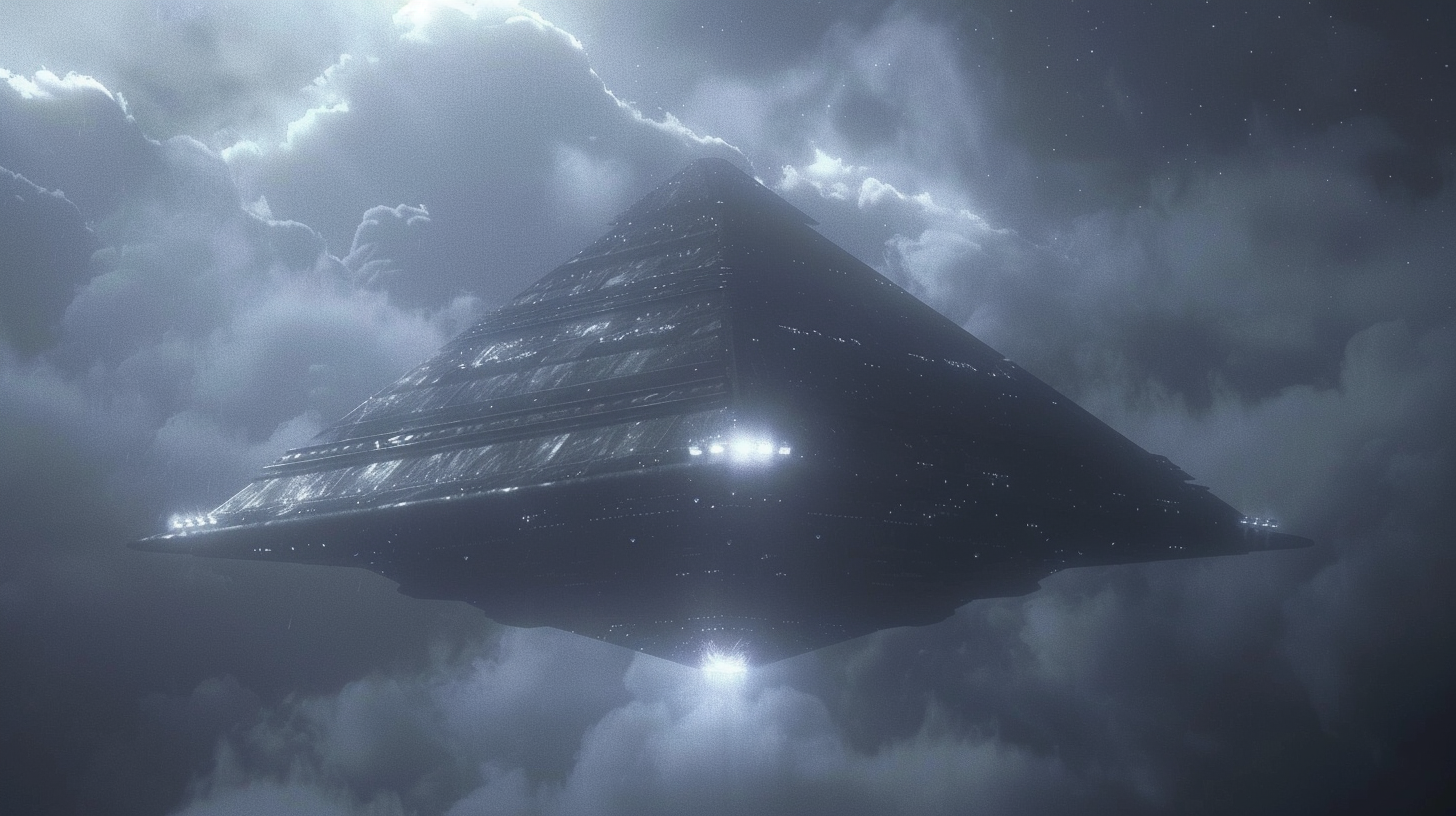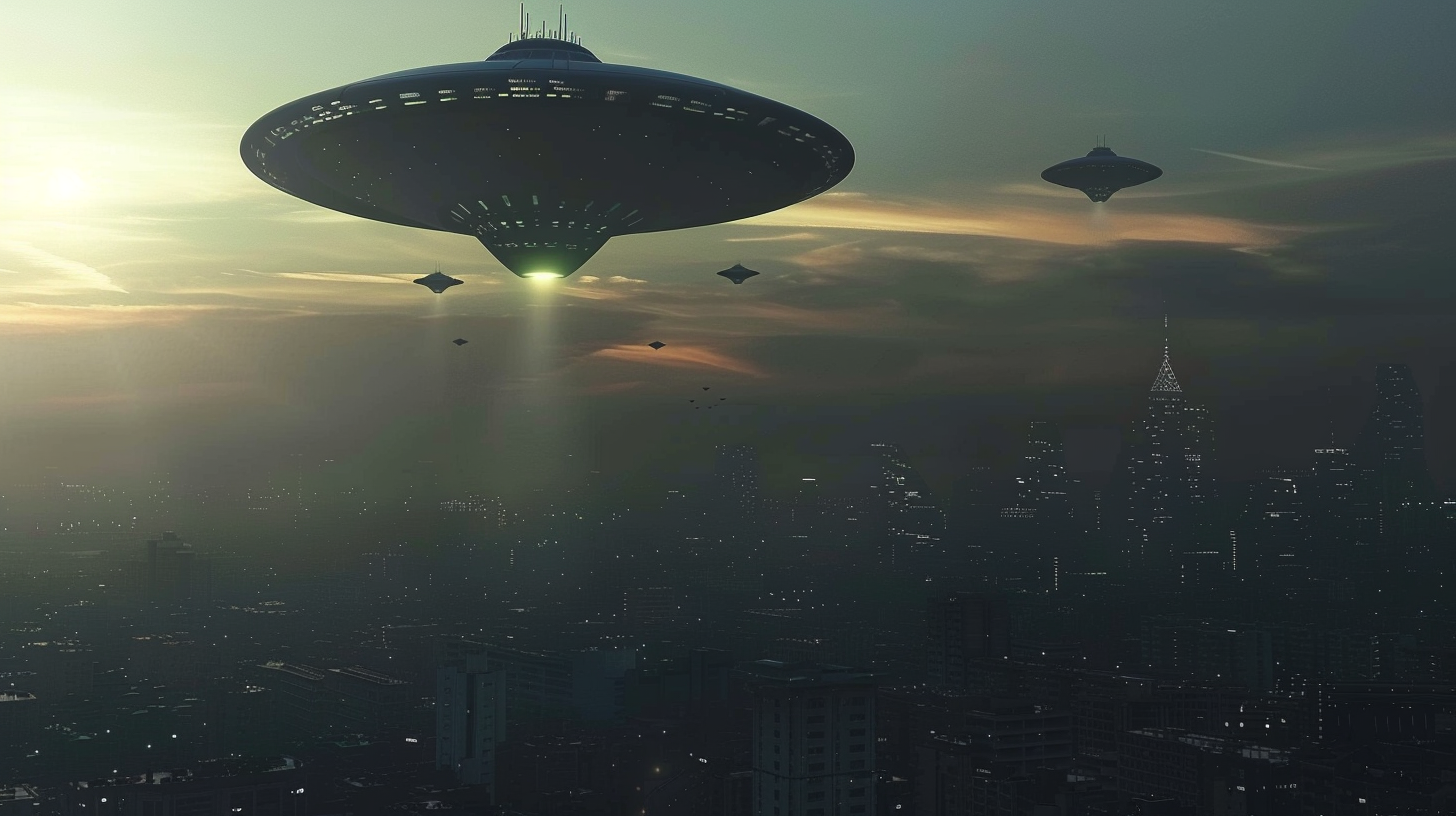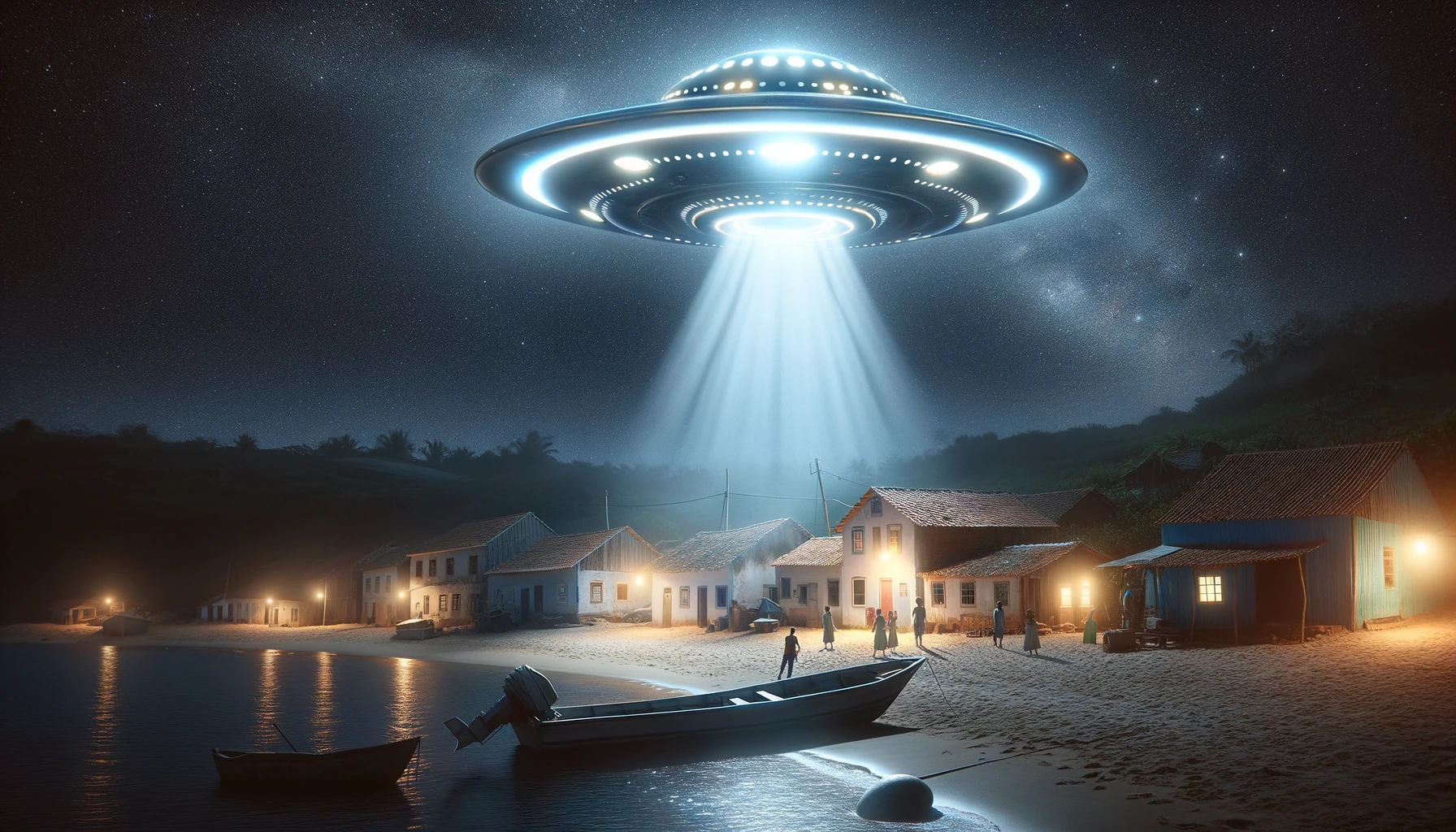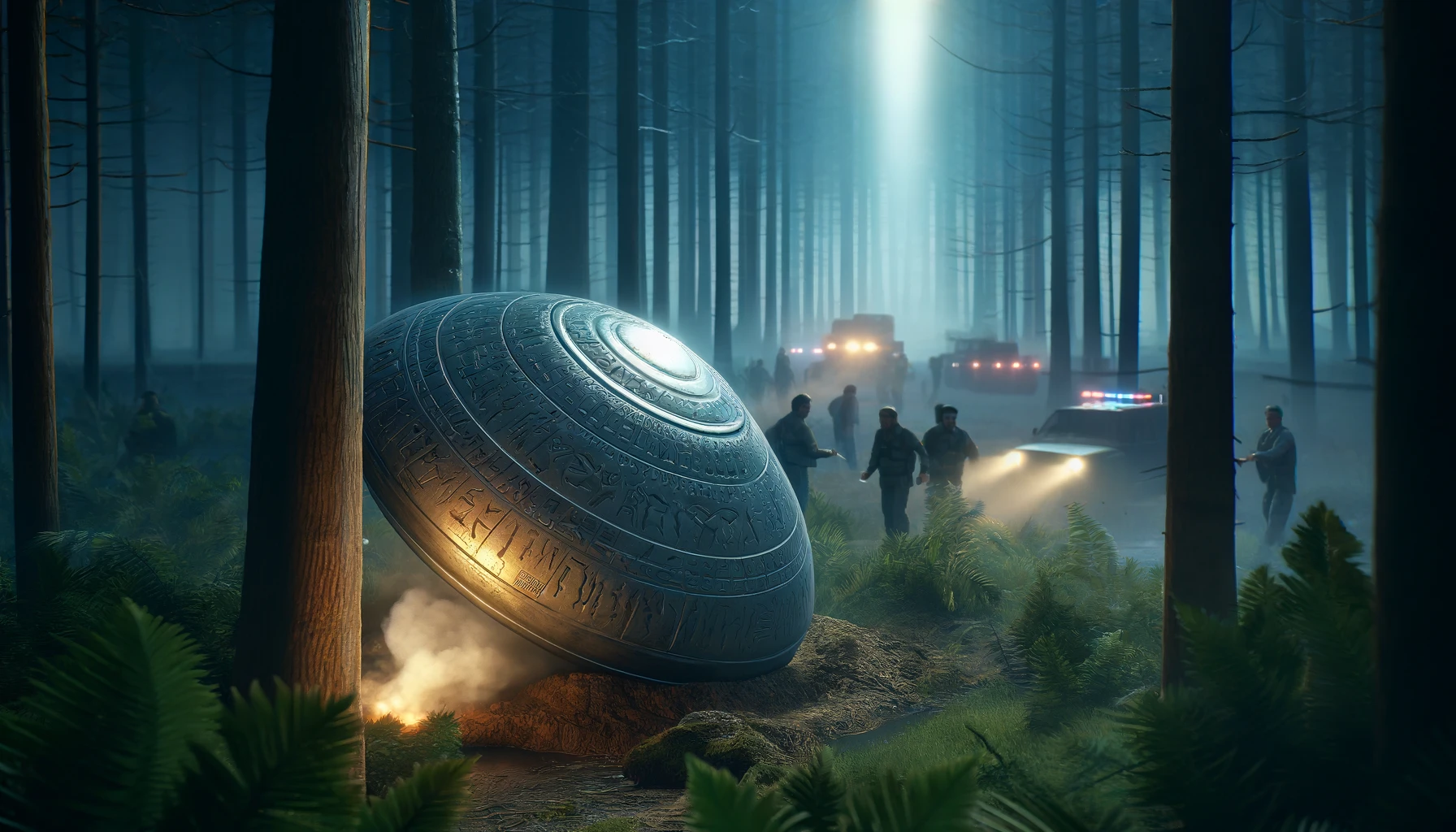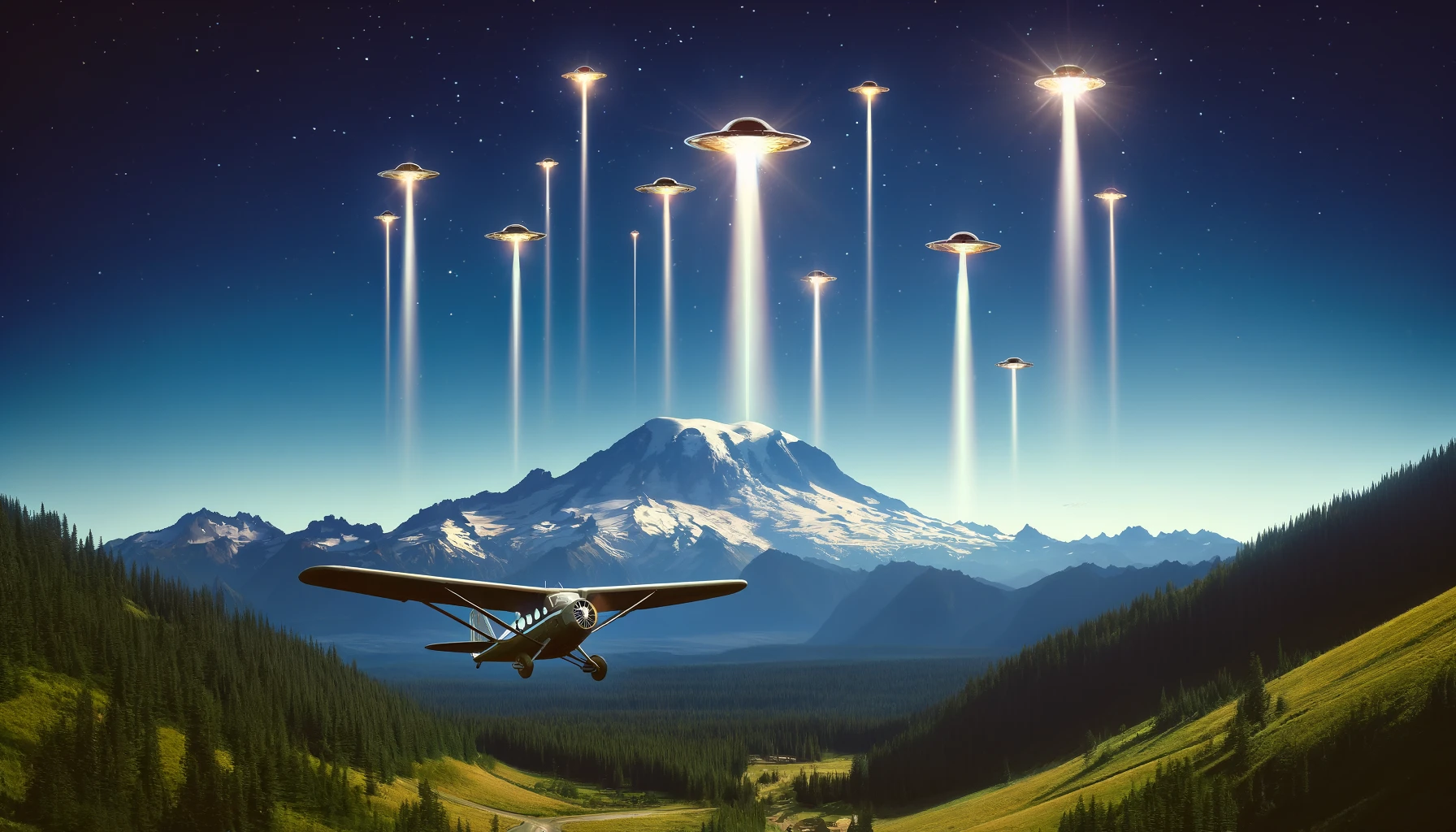The Bonilla Observation
A Cosmic Mystery from Zacatecas Observatory, Mexico
Ever heard of the Bonilla Observation? This astronomical event from 1883 has intrigued scientists, historians, and UFO enthusiasts for over a century. Let’s delve into this cosmic mystery that unfolded at Zacatecas Observatory in Mexico.
What is the Bonilla Observation?
The Bonilla Observation refers to an event where Mexican astronomer José Bonilla observed and photographed hundreds of unidentified flying objects. Captured using the Collodion process, these photographs are considered among the first known examples of UFO imagery. However, skeptics argue that these objects were likely high-flying geese or other explainable phenomena.
The Setting: Zacatecas Observatory, Mexico
The Zacatecas Observatory, where this event took place, was opened in December 1882. Originally known as the Astronomical Observatory in the State of Zacatecas, it’s now called the Meteorological Observatory Zacatecas. The observatory has been a significant site for astronomical and meteorological research in Mexico.
The Event
On August 12, 1883, Bonilla was preparing his telescope when he noticed objects partially blocking the Sun. Intrigued, he spent the next 48 hours capturing 447 ink photographs. Bonilla described these objects as ‘fuzzy’ or ‘misty’ and noted that they often had ‘dark tails.’ The event was so significant that it was published in the January 1, 1886 edition of the French astronomy magazine L’Astronomie.
Theories and Interpretations
Extraterrestrial Theory
Some believe that what Bonilla observed were actual UFOs. This theory is fueled by the fact that these are among the first known photographs of unidentified flying objects. The idea of extraterrestrial life has always been a subject of intense debate and study, especially in the realm of astrobiology.
Comet Fragments
Researchers from the National Autonomous University of Mexico proposed that these were fragments of a comet that had exploded in space. They estimated the distance and size of these objects, suggesting that if they had collided with Earth, it would have been catastrophic, akin to the Tunguska event of 1908.
Skeptical Views
Skeptics, including French physicist Camille Flammarion, believe that Bonilla might have misperceived birds, insects, or dust as being in space. Skepticism has its roots in scientific inquiry, and it’s essential to consider all possible explanations.
Impact on Culture
The Bonilla Observation has become a focal point for UFO enthusiasts, especially after the release of a 2011 study. It’s considered one of the first instances of a photographed UFO, making it a significant event in the realm of the unexplained and popular culture.
Conclusion
The Bonilla Observation remains an enigmatic event that has puzzled people for generations. Whether you’re a scientist, a UFO enthusiast, or just someone intrigued by the unknown, this event offers a fascinating glimpse into the mysteries of the cosmos. As we continue to explore the universe, events like the Bonilla Observation serve as reminders of how much we still have to discover.

